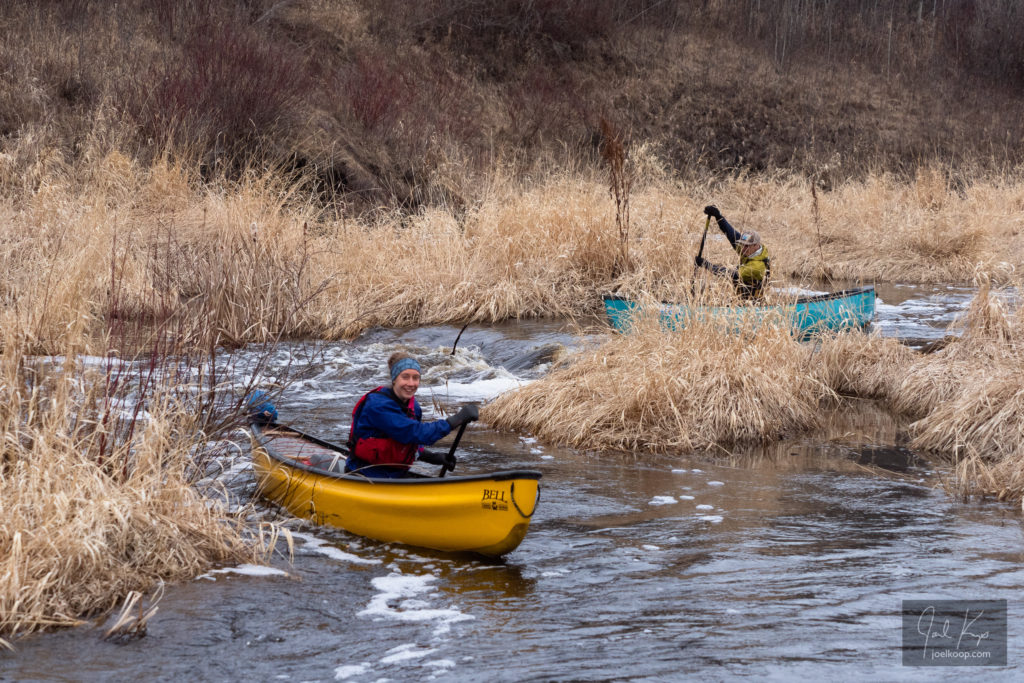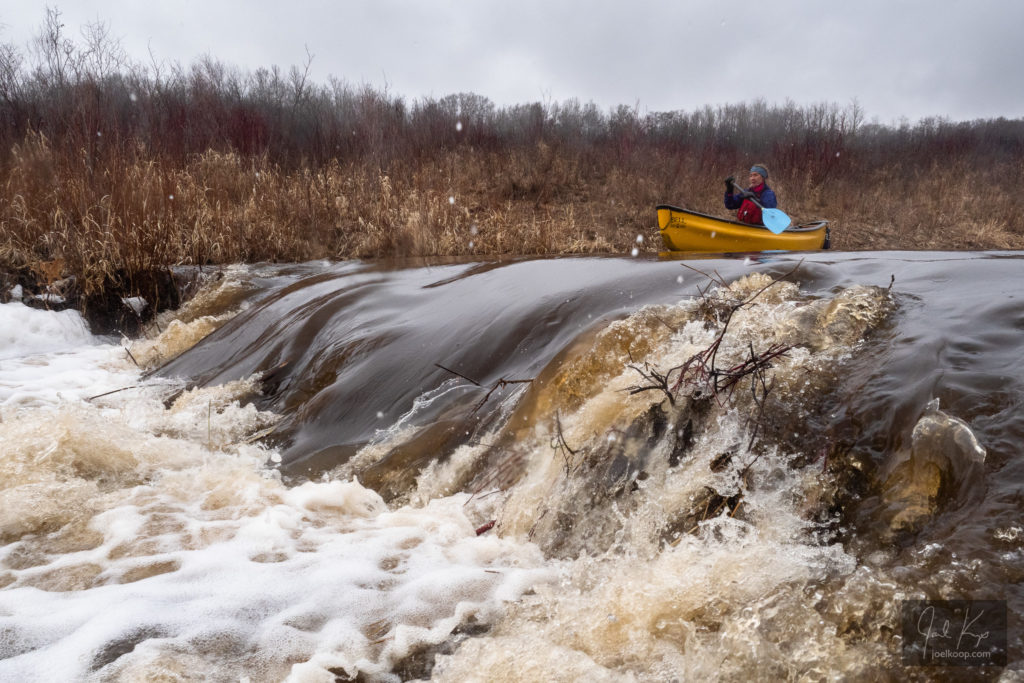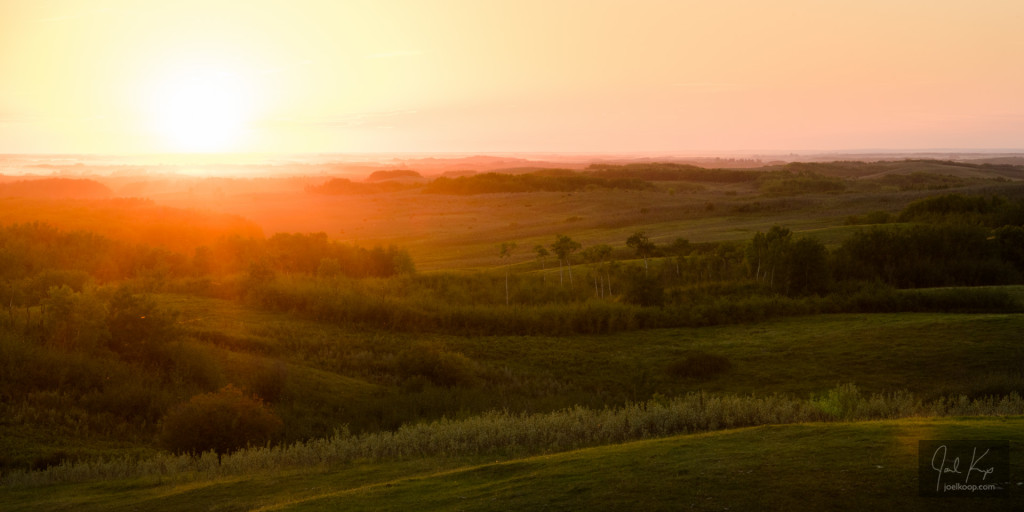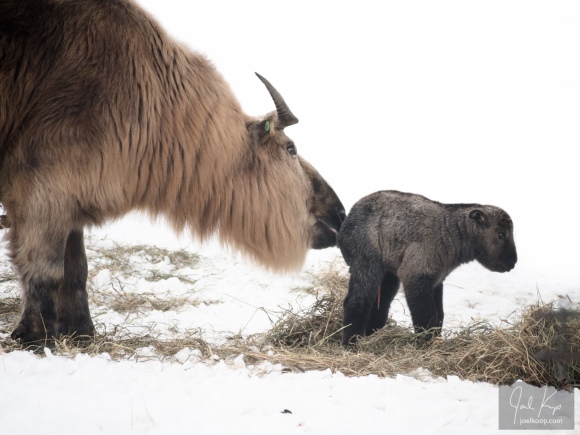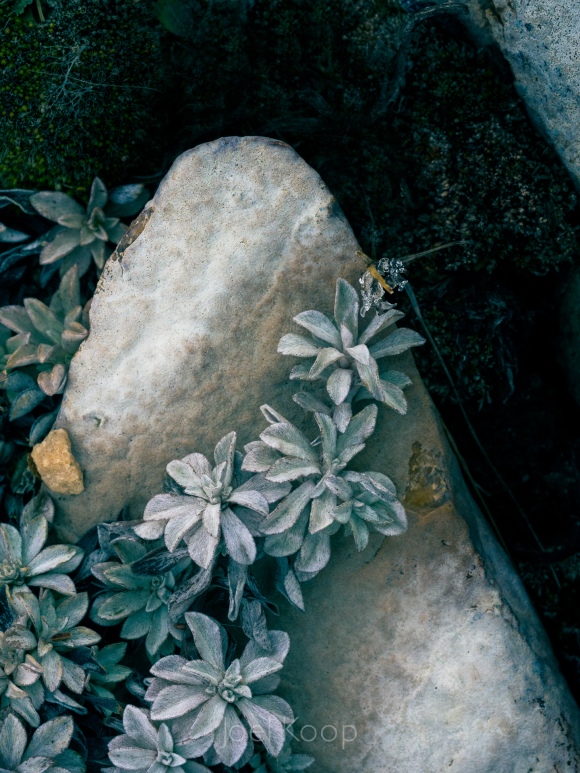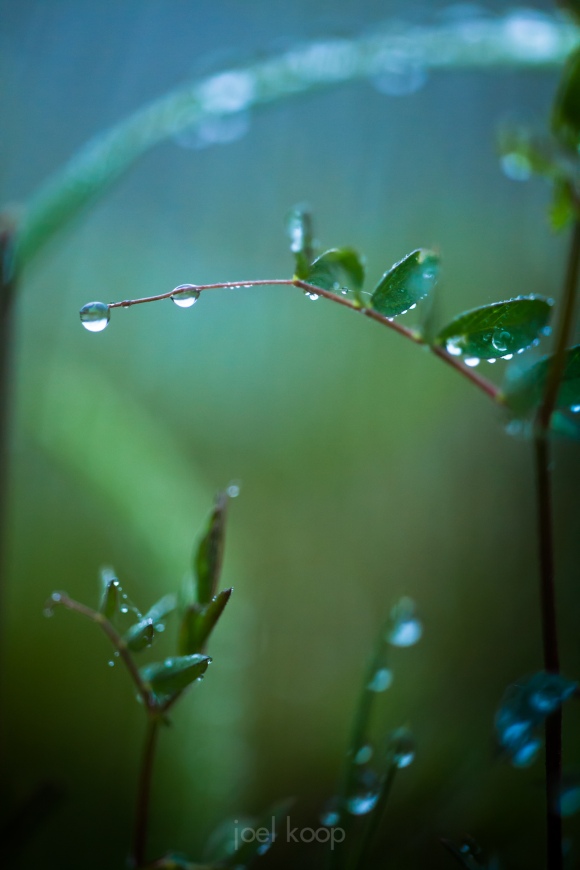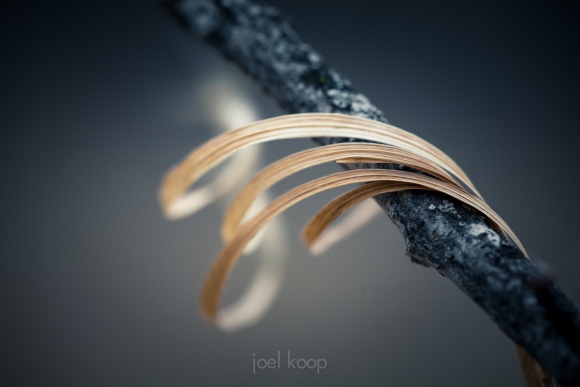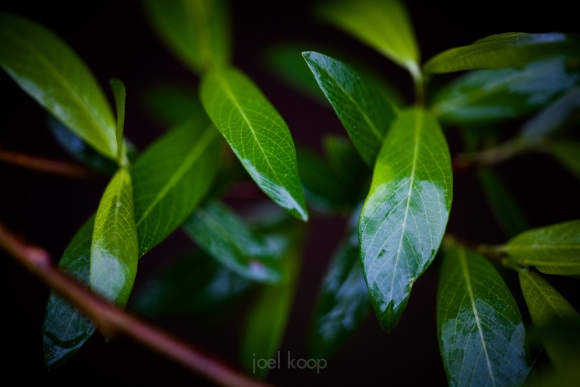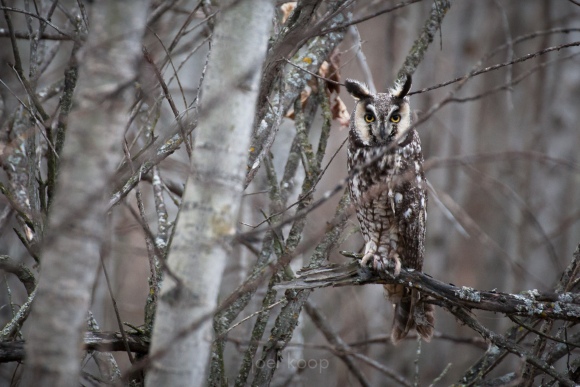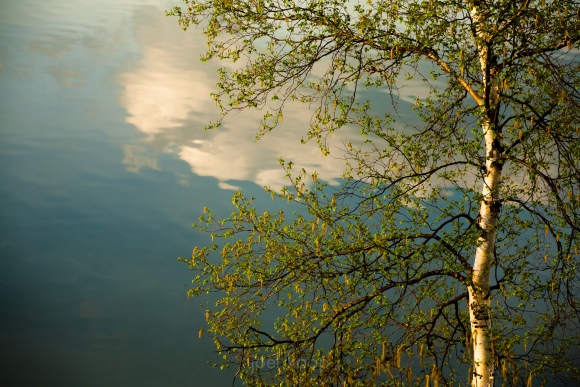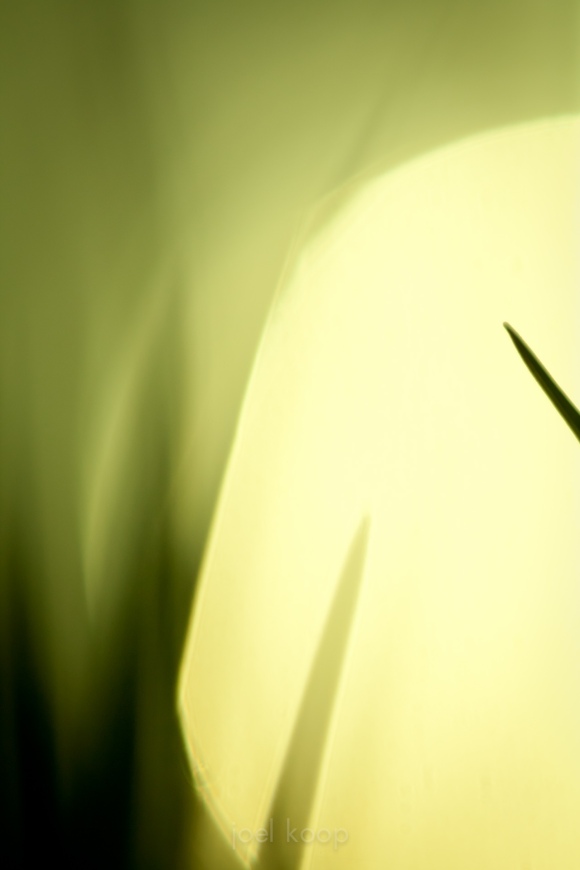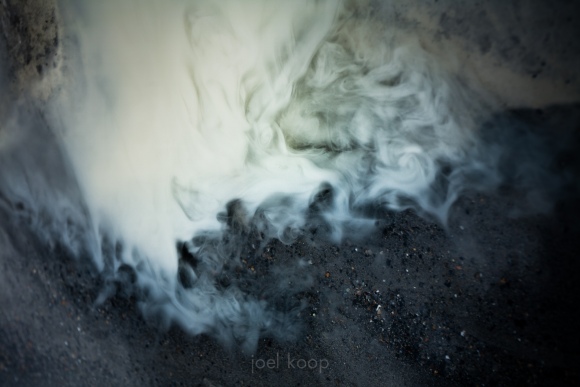Canoeing down Stony Creek in early spring.
Spring is here, and with it (for me anyway, for you if you want?) come adventures on the water. Last weekend I went with friends down Stony Creek from the town of Camrose to the Battle River. It is only runnable in early spring when the water is high. Along the way we came across a lot of litter – most of it plastic – and picked up as much as we could while the current was sweeping us along.
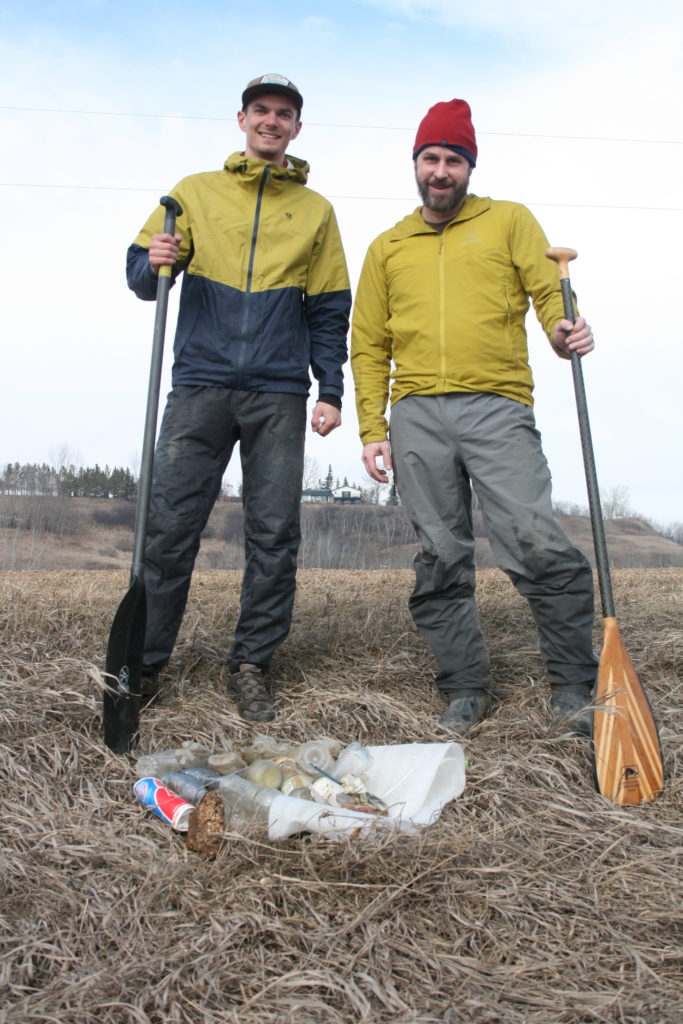
Nils and I with a our collection of trash.
Photo by Greg King.
Plastic in nature is more than an eyesore, and we’re starting to understand this more all the time. When it is exposed to sunlight and abrasion, it breaks down. Breaking down sounds like a good thing, but it just creates really small pieces of plastic that get everywhere – and by everywhere I mean into the air, water, animals and humans. Micro-plastics have been found in almost all people, including babies. They’re in urine, breast milk, and can affect all sorts of systems in the body. Although we’re just starting to figure out the various effects, it is pretty clear that it’s not a good thing. If you want to know more, there is a ton of information from academic papers to accessible youtube videos.
So when you’re out enjoying nature, pick up any plastic you see! Use less plastic when you have the option, and recycle what you can. Although we can’t remove micro-plastics from the environment, we can remove larger plastic pieces which helps. And it makes paddling down these creeks a little more enjoyable too!
Katelynn approaching a flooded beaver dam. We ran a few of these and they were so much fun!
